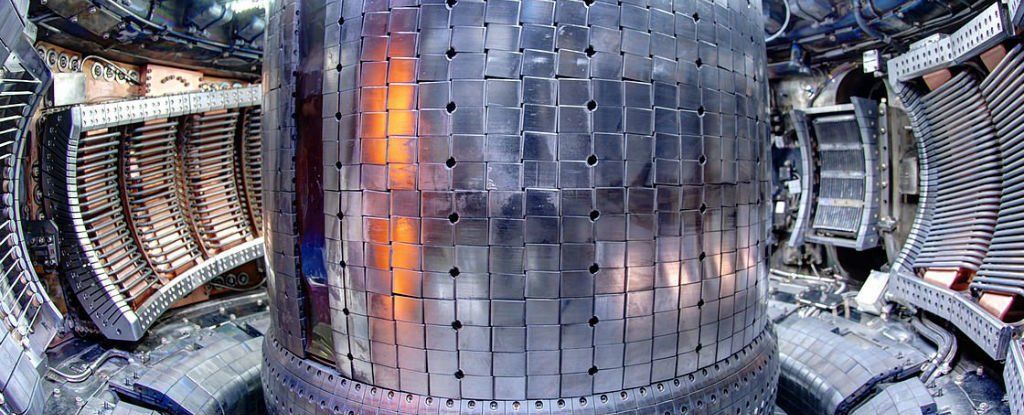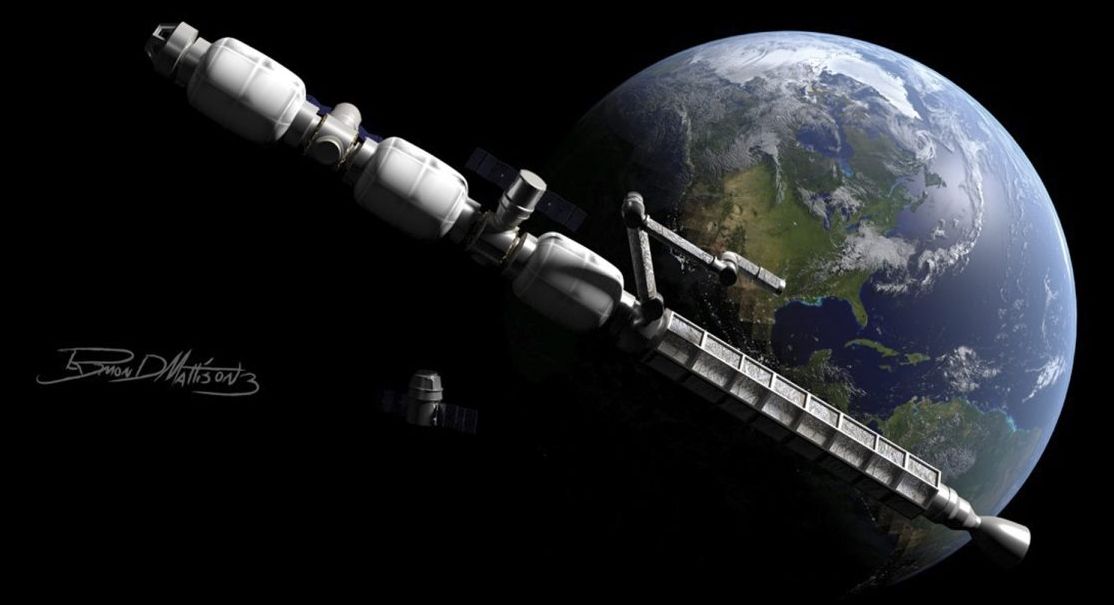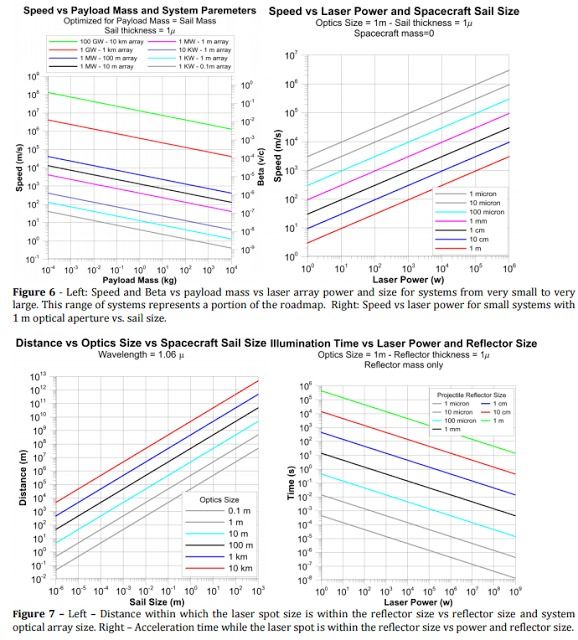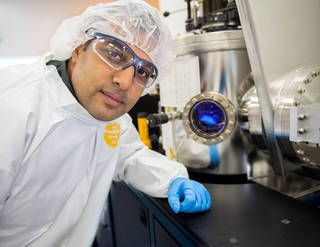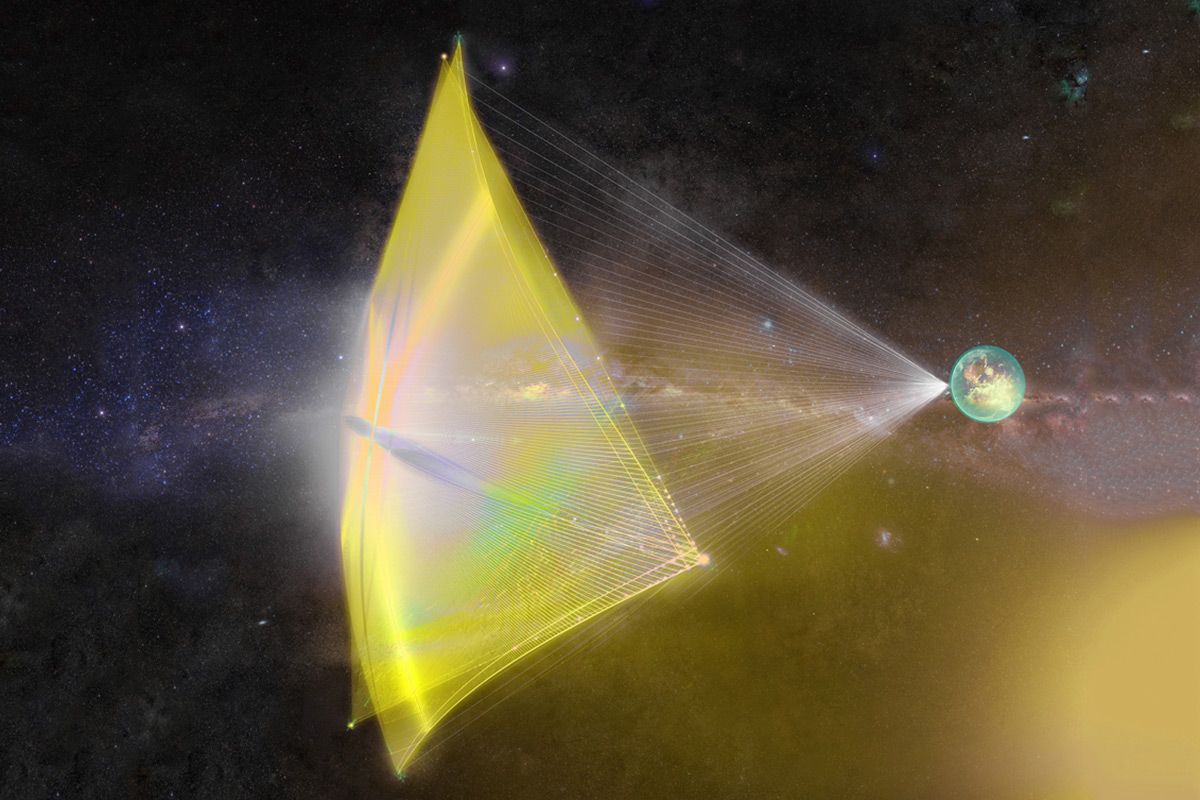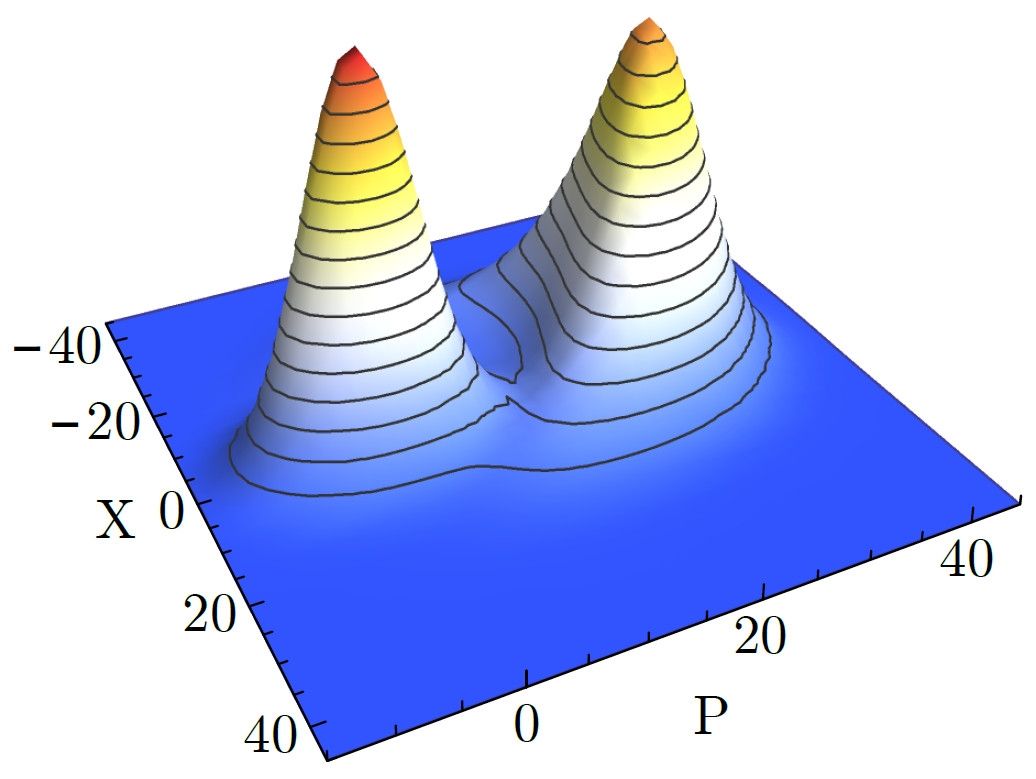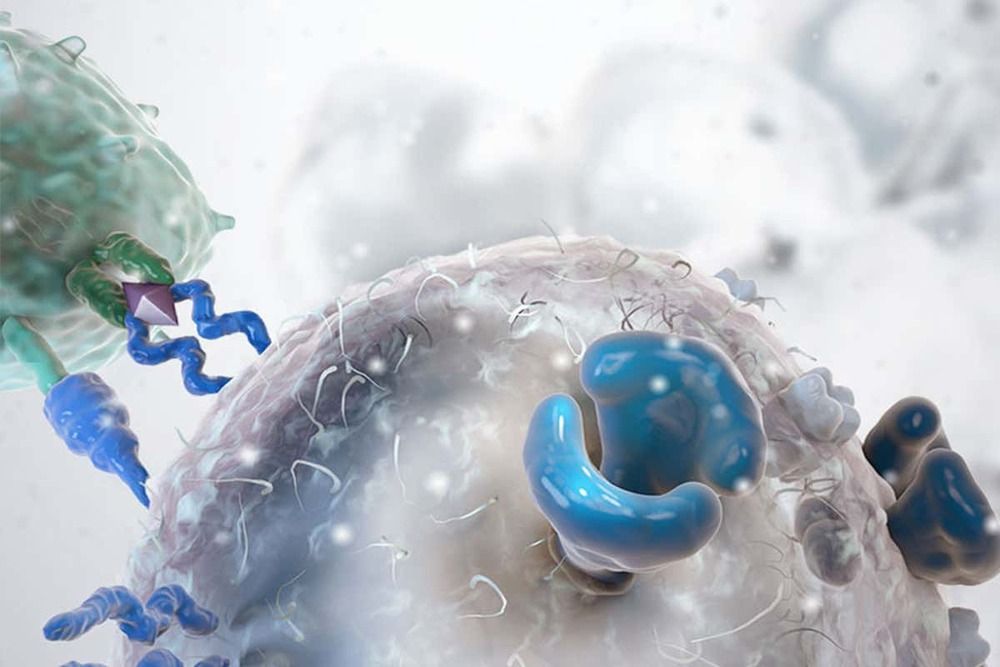Page 10561
Feb 2, 2017
Scientists Have a Plan to Replace Fossil Fuels With Nuclear Fusion by 2030
Posted by Shane Hinshaw in categories: nuclear energy, particle physics
Nuclear fusion is premised on building technology that would replicate the reaction that naturally powers our Sun — two light atoms, in this case, hydrogen, are fused together under extreme temperatures to produce another element, helium.
The process would release vast amounts of clean energy drawn from an almost limitless fuel source, with nearly zero carbon emissions.
However, it has yet to be done on a scale that would make it usable. Canadian scientists are hoping to change that, announcing plans to harness and develop nuclear fusion technology so they can deliver a working nuclear fusion plant prototype by 2030.
Continue reading “Scientists Have a Plan to Replace Fossil Fuels With Nuclear Fusion by 2030” »
Feb 2, 2017
Living Forever: What it Means to Have an “Indefinite Lifespan”
Posted by Shane Hinshaw in categories: biotech/medical, life extension, nanotechnology, Peter Diamandis, singularity
Can science really enable us stick around on Earth forever? Experts haven’t developed ways to make us invincible, immortal beings who are unsusceptible to physical trauma or starvation. However, studies have been going on to make aging just another preventable disease. Effectively stalling the deterioration of our bodies would then mean humans could live indefinitely.
Peter Diamandis, co-founder of San Diego-based genotype research facility Human Longevity, Inc., spoke at the Singularity University in California last September about challenging aging and the deterioration of the body. The key to unlocking an indefinite lifespan was to improve the repair mechanisms of the body, said Diamandis. His research teams consider the possibility of using stem cells or nanomachines to regenerate our bodies.
Last year, researchers from the Stanford University School of Medicine have used chromosome extensions that dramatically increased the rate of cell division, a growth mechanism of our bodies that weakens over time. The development hints at a chance to turn back the biological clock.
Continue reading “Living Forever: What it Means to Have an ‘Indefinite Lifespan’” »
Feb 2, 2017
Getting your First Bitcoin; Choosing a Wallet
Posted by Philip Raymond in categories: bitcoin, cryptocurrencies, economics, internet
There are at least four ways to acquire Bitcoin and three ways to store it…
Acquire Bitcoin: You can trade Bitcoin in person, accept it as a vendor, mine it, or buy on an exchange.
Store Bitcoin: You can keep your Bitcoin in an online/cloud service (typically, one that is connected to your exchange account), keep it on your own PC or phone, or even print it out and store it on a piece of paper. Like a physical coin, the piece of paper has value. It can be placed in your lock box or under your mattress.
Let’s look at the market for Bitcoin Wallets (all of these are free), and then we shall talk about Bitcoin exchange services. This includes my personal recommendation for the typical consumer or coin enthusiast…
Continue reading “Getting your First Bitcoin; Choosing a Wallet” »
Feb 2, 2017
Is This Buzz Aldrin-Inspired Locomotive The Future Of Space Travel?
Posted by Klaus Baldauf in categories: space, transportation
Ever wish you could explore the far side of the Moon? Charles Bombardier’s latest concept vehicle would allow you to do just that.
Feb 2, 2017
$100 million Breakthrough Starshot small interstellar probe project will start funding technological development in a few months
Posted by Klaus Baldauf in categories: innovation, space
Leaders of the mission plan to start funding technology-development projects within months, with the aim of launching a fleet of tiny, laser-propelled probes in the next 20 years. The effort would ultimately cost about $10 billion, leaders hope, and take another 20 years to reach Alpha Centauri.
The first truly challenging step in any mission such as Breakthrough Starshot is to accelerate the spacecraft to interstellar velocities.
Feb 2, 2017
NASA’s New Shape-Shifting Radiator Inspired by Origami
Posted by Klaus Baldauf in category: satellites
Japan’s ancient art of paper folding has inspired the design of a potentially trailblazing “smart” radiator that a NASA technologist is now developing to remove or retain heat on small satellites.
Technologist Vivek Dwivedi, who is standing in front of a sputtering reactor used to deposit vanadium-oxide onto sample substrates for testing, is collaborating with Brigham Young University researchers to develop a radiator ideal for small spacecraft.
Continue reading “NASA’s New Shape-Shifting Radiator Inspired by Origami” »
Feb 2, 2017
Tiny spacecraft could brake at exoplanet using alien starlight
Posted by Klaus Baldauf in category: space travel
Lightweight solar sails could bring spacecraft to the nearest star in just 20 years – but hitting the brakes will be challenging. A new paper suggests using the stars themselves to park around their planets.
Feb 2, 2017
Quantum phase transition observed for the first time
Posted by Andreas Matt in category: quantum physics
A group of scientists led by Johannes Fink from the Institute of Science and Technology Austria (IST Austria) reported the first experimental observation of a first-order phase transition in a dissipative quantum system. Phase transitions include such phenomena as the freezing of water at the critical temperature of 0 degrees Celsius. However, phase transitions also occur at the quantum mechanical level, where they are still relatively unexplored by researchers.
One example of a phase transition at the quantum level is the photon-blockade breakdown, which was only discovered two years ago. During photon blockade, a photon fills a cavity in an optical system and prevents other photons from entering the same cavity until it leaves, hence blocking the flow of photons. But if the photon flux increases to a critical level, a quantum phase transition is predicted: The photon blockade breaks down, and the state of the system changes from opaque to transparent. This specific phase transition has now been experimentally observed by researchers who, for the first time, met the very specific conditions necessary to study this effect.
During a phase transition, the continuous tuning of an external parameter, for example temperature, leads to a transition between two robust steady states with different attributes. First-order phase transitions are characterized by a coexistence of the two stable phases when the control parameter is within a certain range close to the critical value. The two phases form a mixed phase in which some parts have completed the transition and others have not, as in a glass containing ice water. The experimental results that Fink and his collaborators will publish in the journal Physical Review X give insight into the quantum mechanical basis of this effect in a microscopic, zero-dimensional system.
Feb 2, 2017
Gene editing has saved the lives of two children with leukaemia
Posted by Steve Hill in categories: bioengineering, biotech/medical, genetics
A year on and we catch up with two kids who were genetically engineered to treat their cancer. This is the future of medicine.
By Michael Le Page.
Two children treated with gene-edited cells to kill their cancers are both doing well more than a year later. The baby girls were both given the experimental treatment only as a last resort, but clinical trials of the therapy are now getting underway in children and adults in the UK.
Continue reading “Gene editing has saved the lives of two children with leukaemia” »

